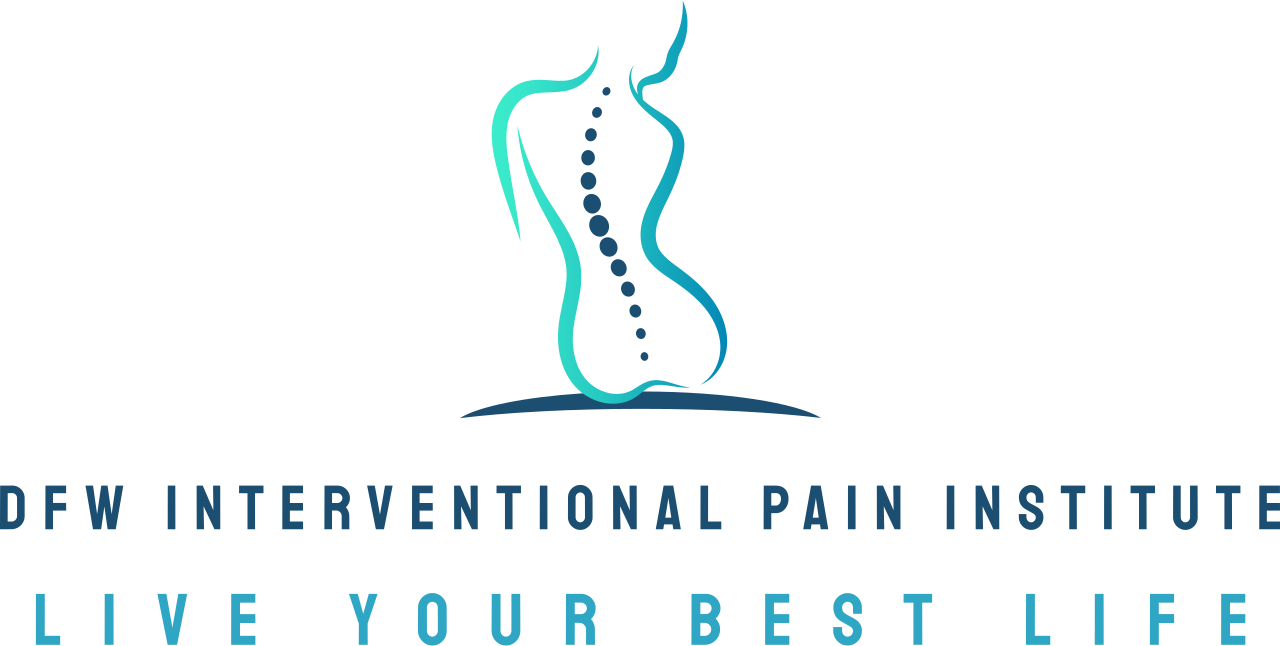What to expect from pain management treatments
When you live with chronic pain, the idea of "relief" can feel distant. You might wonder if treatment will truly eliminate your pain or just slightly reduce it. The reality is that pain management is not about finding a magic cure, but about creating a comprehensive plan that improves your quality of life. Understanding what to expect can help you set realistic goals and actively participate in your recovery.
At DFW Interventional Pain Institute, we believe that living with pain is not your only option. A successful treatment plan is a partnership between you and your doctor, focused on achieving meaningful outcomes. This guide will walk you through what you can realistically expect from pain management, from the initial consultation to long-term success.
Defining success in pain management
The primary goal of pain management isn't always to achieve zero pain. While that would be ideal, it's often not a realistic outcome for chronic conditions. Instead, success is measured by a combination of factors that contribute to a better quality of life. A good pain management plan aims to help you regain function, improve your emotional well-being and reduce your reliance on less effective treatments.
Key outcomes of effective treatment:
Reduced pain intensity: The most obvious goal is to lower your pain to a more manageable level. This doesn't mean the pain will disappear completely, but it should become less disruptive to your daily life.
Improved physical function: A successful plan should help you move more easily. This could mean walking longer distances, returning to hobbies you once enjoyed, or simply performing daily tasks like cooking and cleaning with less discomfort.
Enhanced emotional well-being: Chronic pain often leads to anxiety, depression and frustration. Effective treatment addresses these emotional challenges, helping you feel more in control and optimistic.
Better sleep quality: Pain can significantly disrupt sleep, which in turn can worsen pain. A good treatment plan often leads to more restful nights, which is crucial for healing and overall health.
Decreased reliance on medication: While medications can be a part of a treatment plan, a key goal is to reduce dependence on them, especially opioids, by incorporating other effective therapies.
The pain management process: A step-by-step guide
Your journey toward managing pain is a structured process. It starts with a thorough evaluation and leads to a personalized treatment plan that evolves with your needs.
1. The initial consultation and diagnosis
Your first visit is one of the most important steps. At DFW Interventional Pain Institute, Dr. Edrick Lopez and our staff will take the time to listen to your story. Expect a detailed conversation about your pain history, symptoms, lifestyle and previous treatments.
This initial evaluation will likely include:
A comprehensive review of your medical records and imaging.
A detailed physical examination to assess your mobility and identify pain sources.
Potentially ordering new tests or imaging to get the most accurate diagnosis possible.
The goal is to understand not just what hurts, but why it hurts. A precise diagnosis is the foundation of an effective treatment plan.
2. Creating your personalized treatment plan
After a thorough evaluation as your pain specialist, Dr. Lopez will develop a comprehensive treatment plan tailored to you. This is not a one-size-fits-all approach. Your plan will consider your specific condition, lifestyle, and personal goals.
A holistic treatment plan may include a combination of the following:
Interventional procedures: These are minimally invasive procedures aimed at targeting the source of your pain. Examples include epidural injections, nerve blocks, radiofrequency ablation or spinal cord stimulation. These treatments can provide significant, targeted relief.
Physical therapy: This is a cornerstone of many pain management plans. A physical therapist will guide you through exercises designed to strengthen muscles, improve flexibility, and increase your range of motion.
Medications: Your doctor may prescribe medications to help manage your pain. These could include anti-inflammatory drugs, nerve pain medications or muscle relaxants. The goal is to use the lowest effective dose for the shortest time necessary.
Lifestyle adjustments: Your doctor will likely discuss how factors like diet, exercise and weight can impact your pain. For example, our team has seen how weight loss can work together with pain management to reduce strain on joints and decrease inflammation.
Complementary therapies: Techniques like mindfulness, psychological therapy, and occupational therapy can help you develop coping strategies and manage the emotional toll of chronic pain.
3. Follow-up and plan adjustments
Pain management is a dynamic process. Your treatment plan will be regularly reviewed and adjusted based on your progress. It's crucial to attend follow-up appointments and communicate openly with your doctor about what is and isn’t working.
You can expect to track your pain levels and functional improvements over time. This feedback helps Dr. Lopez fine-tune your therapies to ensure you continue to move toward your goals.
Take the first step toward a better quality of life
If you're living with chronic pain, it's easy to feel hopeless. But with the right approach, significant improvement is possible. The key is to work with a specialist who will listen to your needs and create a plan tailored just for you.
At DFW Interventional Pain Institute, Dr. Lopez and our dedicated team are here to help you navigate your journey to wellness. If you’re ready to explore your options and set realistic, achievable goals for your health, we encourage you to book an appointment with us.

